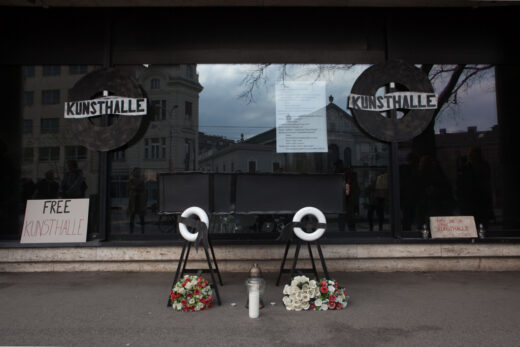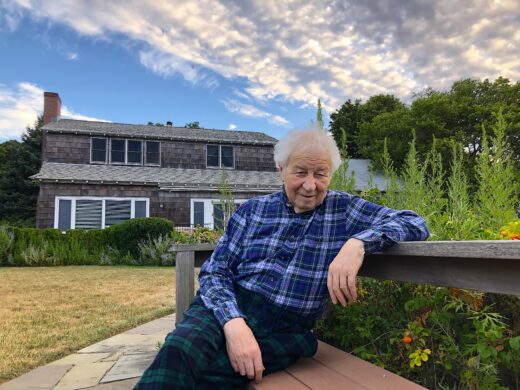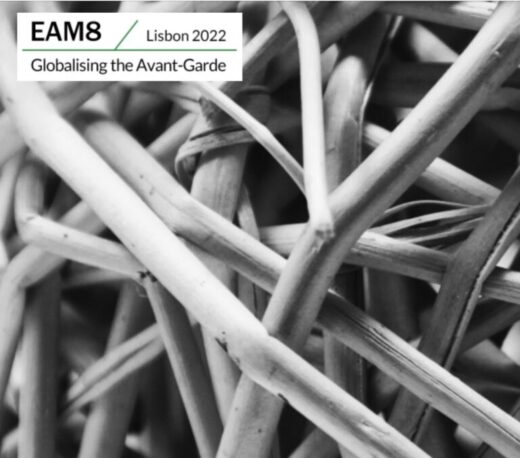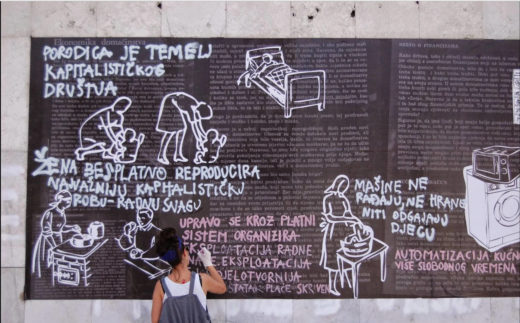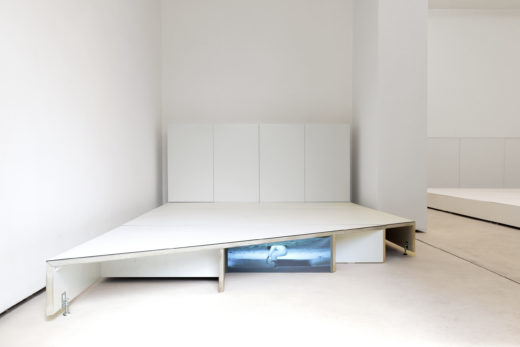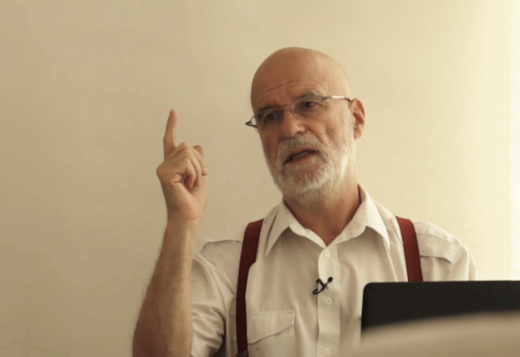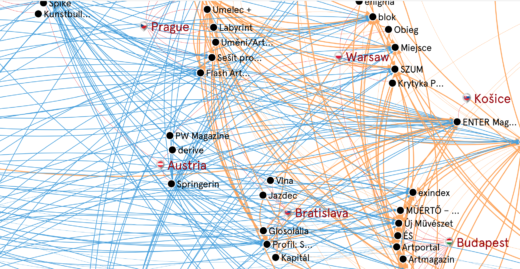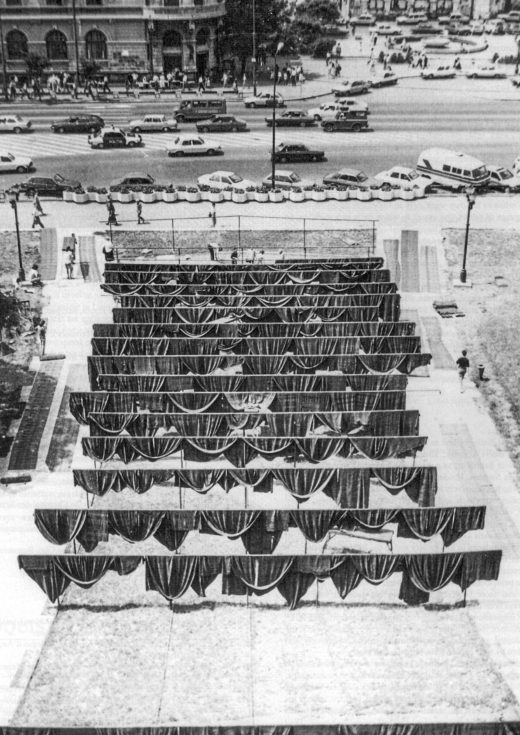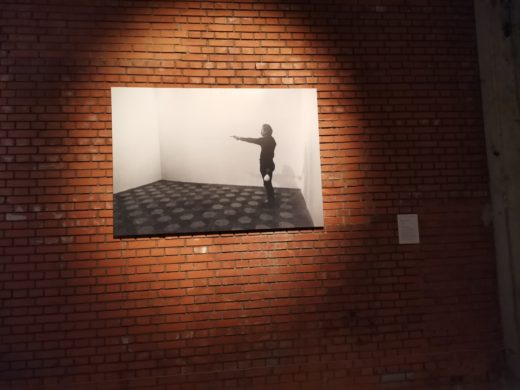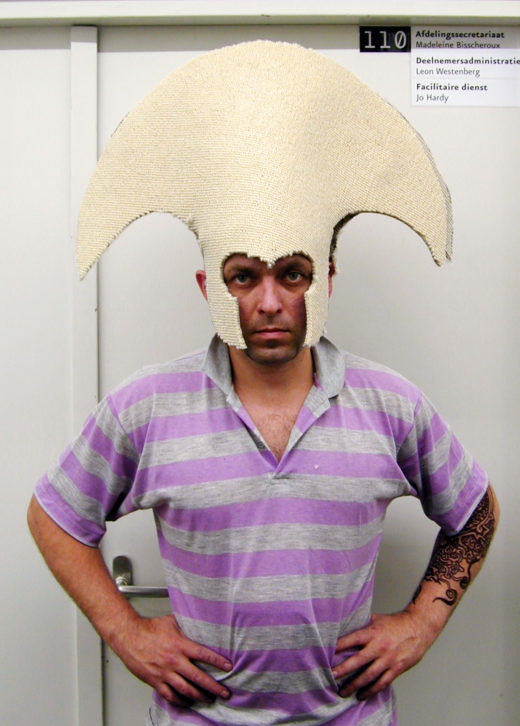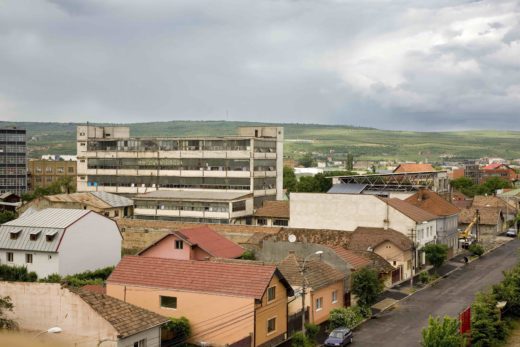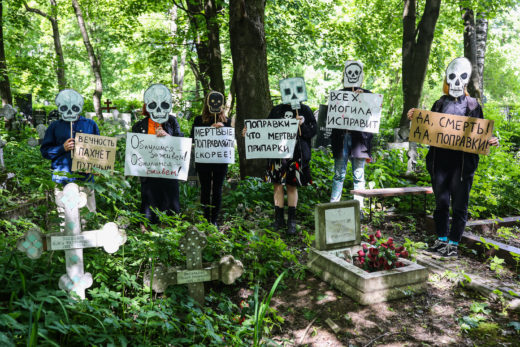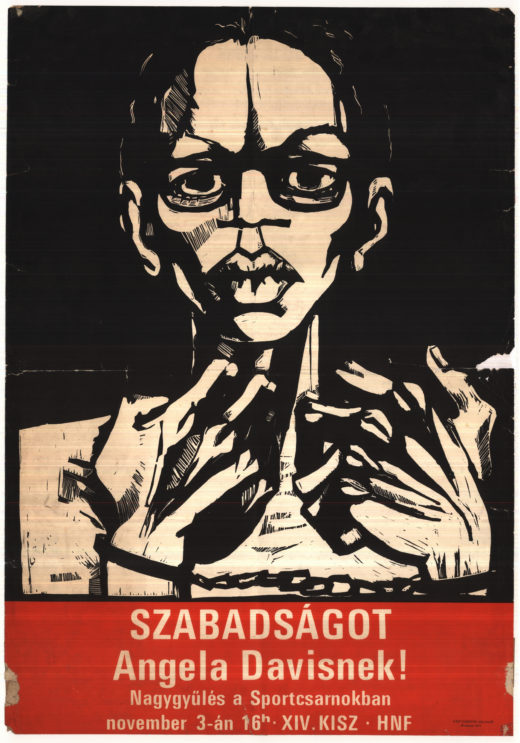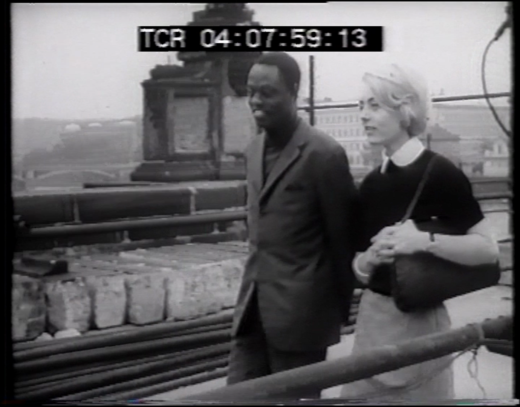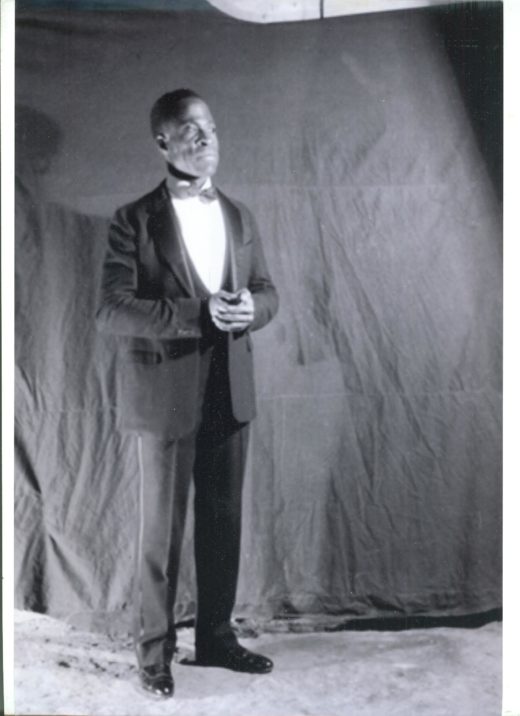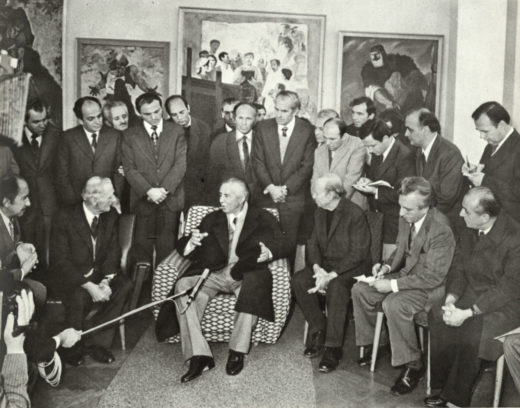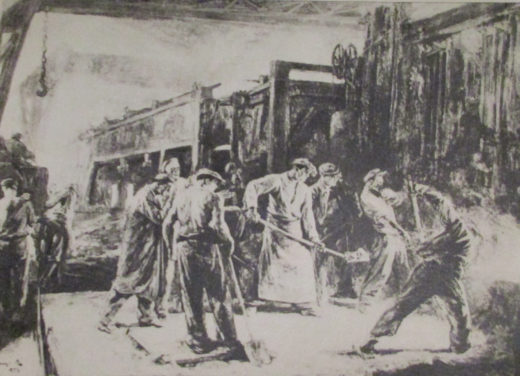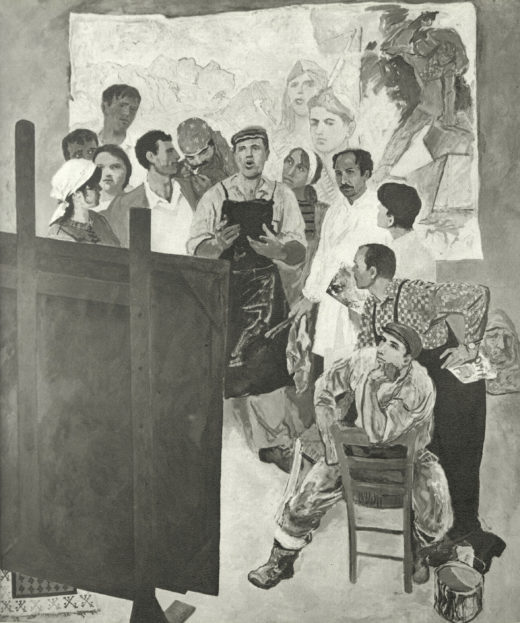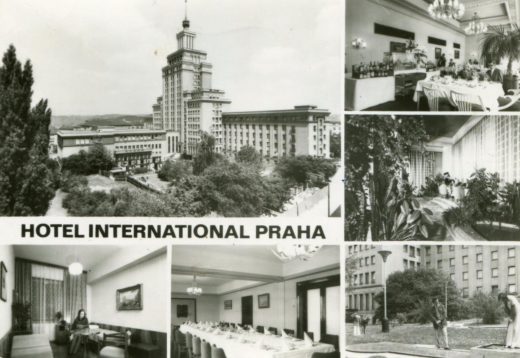On the Growing Distance Between the Two Sides of the River Elbe: Ana Lupaș Exhibition at the Stedelijk Museum and the Western Nostalgia for the Eastern Myth
In the summer of 2014, a (presumably) retrospective exhibition of the artist Ana Lupaș was organized in Cluj, in the spaces of a new building, “The Office”, destined to become a business hub. It was an exhibition behind closed doors, installed on the ground floor in rooms with glass walls that had been covered with opaque curtains. I remember how I knelt on the sidewalk by those huge windows and put my head to the ground, trying to see something from under the curtain. The exhibition had been organized for Tate London’s Acquisition Board for Eastern Europe, who were on … Read more



